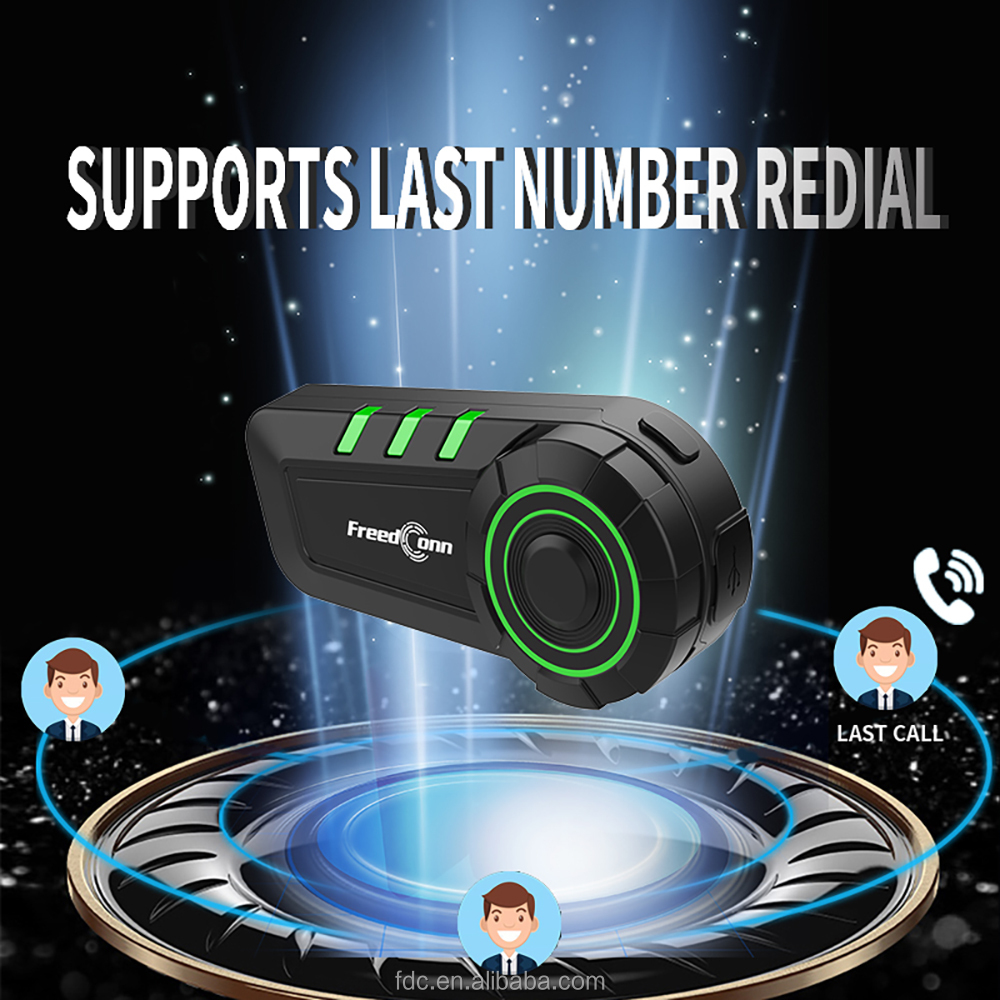Riding Uphill and High Altitudes: Helmet Bluetooth Headphone Buying Guide, Adapted to Complex Terrain and Safety Needs

Riding Uphill and High Altitudes: Helmet Bluetooth Headphone Buying Guide, Adapted to Complex Terrain and Safety Needs
When riding uphill and at high altitudes, you face challenges like steep slopes, complex terrain, weak signals, and intense wind noise. Helmet Bluetooth headphones must meet four core needs simultaneously: stable communication, strong anti-interference, safety adaptation, and long battery life to truly become a “safety assistant” during rides. Below are targeted purchasing points to help you accurately match mountain riding scenarios:
I. Core Purchasing Points: Addressing Pain Points of Uphill and High-Altitude Riding
1. Communication Performance: Mesh Networking + Long-Distance Coverage, Solving Signal-Free Linkage
– Prioritize models supporting Mesh ad-hoc networking with a single-node communication distance of ≥500 meters (in open highlands). Multi-node networking extends coverage to 1-2 kilometers, meeting the communication needs of teams with large gaps between front and rear vehicles and terrain obstacles. No reliance on mobile signals—leaders can real-time convey route adjustments, steep slope warnings, and other instructions.
– Support 10-20 person networking to adapt to teams of different sizes. Networking requires no complex operations: power on to automatically search and pair, and new members can join without interrupting existing communication, avoiding disconnection when scattered on slopes.
2. Anti-Interference and Sound Quality: Strong Wind Noise Cancellation + Clear Human Voice, Coping with Harsh Environments
– Must have riding-specific wind noise cancellation—algorithms filter strong wind noise during high-speed downhill and valley air currents. Microphones feature windproof covers to reduce airflow-induced noise, ensuring clear voice instructions during steep climbs and downhill sprints.
– High-fidelity sound is unnecessary; focus on clear human voices. Avoid heavy bass that masks environmental sounds (e.g., teammate calls, vehicle horns). Open-ear or bone conduction designs are better—they preserve environmental awareness and reduce ear canal pressure, suitable for long hours of mountain riding.
3. Wearing and Operation: Helmet Compatibility + Convenient Control, Ensuring Riding Safety
– Choose helmet-friendly designs (short-stem, stemless, or behind-the-neck) that fit full-face, half-face, and modular helmets perfectly without squeezing. Securely fixed, they won’t slip during rides on bumpy steep slopes or gravel roads.
– Features prominent buttons (height ≥2mm) supporting customizable shortcuts (e.g., single click for intercom, double click to switch channels, long press to adjust volume). Operable with riding gloves—no need to look down or take hands off the handlebars, enhancing safety during uphill riding.
4. Battery Life and Protection: Long Battery Life + Strong Durability, Adapted to Long Outdoor Use
– Single-charge battery life ≥10 hours, total battery life ≥40 hours, with fast charging (10-minute fast charge ≥2 hours of use) to meet single-day long-distance mountain rides or multi-day camping trips, avoiding mid-ride power outages. Low-power mode extends battery life further, reducing charging frequency.
– Protection rating ≥IPX6, resistant to sudden mountain rain, continuous sweat, and featuring drop-resistant, scratch-proof shells to handle collisions and branch scratches during rides. Excellent sealing prevents dust and moisture from entering the device.
5. Additional Features: Environmental Sound Enhancement + Anti-Loss Positioning, Improving Practicality
– Support environmental sound enhancement to amplify key surrounding sounds (e.g., falling gravel, teammate reminders), balancing communication and safety while avoiding “auditory blind spots” from closed noise cancellation.
– Equipped with mobile APP anti-loss positioning—if headphones fall off slopes, locate approximate positions or trigger alert sounds via maps to reduce loss risk. Some models support battery sharing for emergency power supplementation among team members, adapting to complex outdoor scenarios.
II. Pitfall Warnings: Avoid These Mistakes
– Don’t choose regular Bluetooth headphones without Mesh networking: Weak signals in highlands limit regular Bluetooth to ~10 meters (one-on-one connection), failing to meet team linkage needs and risking disconnection.
– Steer clear of noise-canceling in-ear models: Sealed ear canals block environmental sounds, preventing awareness of steep slopes and obstacles, increasing safety hazards.
– Reject low-cost, low-protection models: IPX4 or lower waterproof ratings and fragile shells can’t withstand mountain wind, rain, or collisions, leading to frequent malfunctions.
– Don’t blindly pursue multi-functions: Avoid paying a premium for high-definition coding or multiple sound modes. For uphill riding, “stable communication, convenient operation, and safety adaptation” are more important than redundant features.
III. Purchasing Summary: Prioritize to Find the Right Model
For uphill and high-altitude riding, the priority for helmet Bluetooth headphones is: Mesh networking communication > wind noise cancellation > helmet compatibility + convenient operation > long battery life + strong protection > additional features.
Prioritize professional models designed for outdoor riding—they better adapt to mountain terrain, anti-interference, and ergonomics compared to ordinary consumer headphones. Before buying, refer to real-world reviews from mountain riders, focusing on communication stability, wind noise handling, and wearing security. Ensure the device truly fits complex uphill and high-altitude scenarios for safe and smooth rides.

